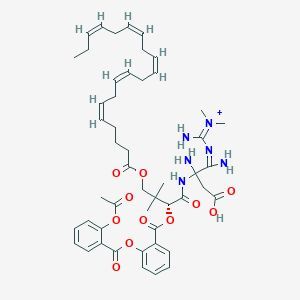Diphtheria Toxin / 1 mg
Product Description
Diphtheria Toxin is a potent bacterial protein produced by Corynebacterium diphtheriae, the causative agent of diphtheria. Historically, it has been used in medical research due to its ability to inhibit protein synthesis in susceptible cells. This toxin specifically targets elongation factor EF-2, leading to the cessation of protein production. Its mechanism of action has made it a valuable tool in understanding cellular processes and in the development of targeted therapies against cancer and other diseases. Despite its harmful effects in humans, the study of Diphtheria Toxin has contributed significantly to advances in molecular biology and medicine.
Application
In modern biomedical research, Diphtheria Toxin is employed for targeted cell ablation, particularly in cancer therapy. By conjugating the toxin to antibodies or other targeting moieties, researchers can selectively eliminate cancer cells while sparing healthy tissues. This approach represents a promising strategy in personalized medicine, allowing for the development of treatments tailored to individual patient profiles. Additionally, the toxin's mechanism of inhibiting protein synthesis has made it a subject of interest in studying cellular functions and developing antiviral drugs.
Articles:
- The crystal structure of diphtheria toxin
Publication Date: 21 May 1992
Seunghyon Choe, Melanie J. Bennett, Gary Fujii, Paul M. G. Curmi, Katherine A. Kantardjieff, R. John Collier & David Eisenberg
https://doi.org/10.1038/357216a0
- Understanding the mode of action of diphtheria toxin: a perspective on progress during the 20th century
Publication Date: Available online 28 August 2001
R.J Collier
https://doi.org/10.1016/S0041-0101(01)00165-9
- Structure-Activity Relationships in Diphtheria Toxin
Publication Date: Available online 10 March 1971
D. Michael Gill, A.M. Pappenheimer Jr.
